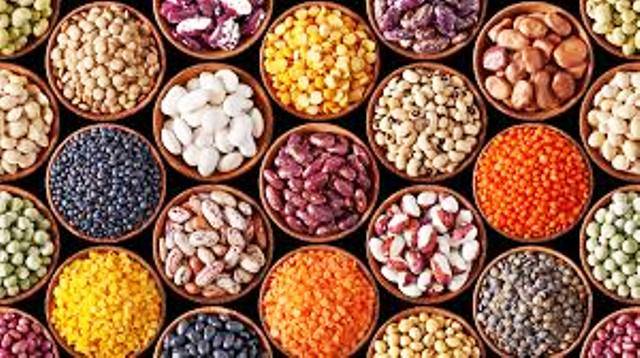
At the meeting of the WTO Committee on Agriculture (CoA) that took place in Geneva last month, Australia, in its submission noted that India’s QR of 100,000 tonnes of peas (including Yellow Peas, Green Peas, Dun Peas and Kaspa Peas), initially imposed for a period of three months till June 30, had been extended twice, first till September 30 and subsequently till December 31.
India is facing increased heat at the World Trade Organization for continuing with its quantitative restrictions (QRs) on import of certain pulses to check falling prices in the domestic market.
The complain has been put up by the countries like Australia, Canada and the US which are questioning India for continuing with its quantitative restrictions (QRs) on import of certain pulses to check falling prices in the domestic market.
Inspite of protest since years India is continuing to maintain the QRs and, to date, has not explained how such measures are consistent with its WTO commitments,” the US representative noted in a question to India which will be taken up at the meeting of the WTO Committee on Agriculture (CoA).

At the meeting of the WTO Committee on Agriculture (CoA) that took place in Geneva last month, Australia, in its submission noted that India’s QR of 100,000 tonnes of peas (including Yellow Peas, Green Peas, Dun Peas and Kaspa Peas), initially imposed for a period of three months till June 30, had been extended twice, first till September 30 and subsequently till December 31.
India is facing increased heat at the World Trade Organization for continuing with its quantitative restrictions (QRs) on import of certain pulses to check falling prices in the domestic market.
The complain has been put up by the countries like Australia, Canada and the US which are questioning India for continuing with its quantitative restrictions (QRs) on import of certain pulses to check falling prices in the domestic market.
Inspite of protest since years India is continuing to maintain the QRs and, to date, has not explained how such measures are consistent with its WTO commitments,” the US representative noted in a question to India which will be taken up at the meeting of the WTO Committee on Agriculture (CoA).

Apart from allowing import of 1 lakh tonnes of yellow peas in April this year, the Indian government also permitted 2 lakh tonnes of arhar and 3 lakh tonne of urad and moong through December.
Although India is sitting on a stockpile of pulses, according to the Agriculture Ministry, the output of kharif pulses such as tur, moong and urad, estimated at 9.22 million tonnes, will be less than last year’s production of 9.34 million tonnes.
“In case the shortfall in production continues, New Delhi may find it easier to do away with the import curbs,” the official said.
















